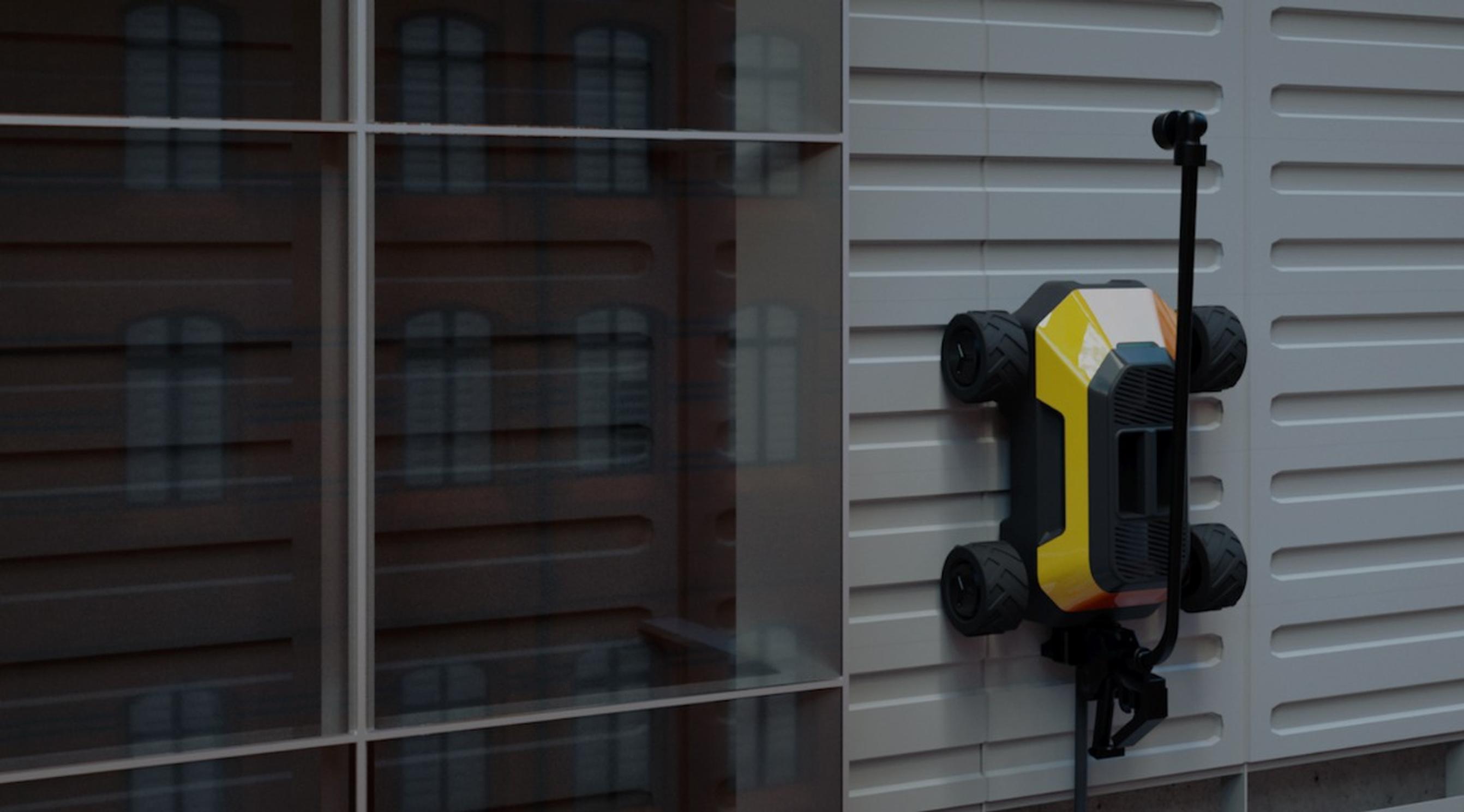

Wall-climbing robots, acoustic sensors and laser technology are among the ideas which could help wipe graffiti from the UK’s main roads.
Graffiti on bridges and next to roads can be distracting for drivers and the clean-up often requires lane or road closures, disrupting traffic. And it is costly – up to £10,000 to remove one instance of graffiti.
National Highways, the government-owned company that manages the UK’s motorway network, is seeking both new products to remove graffiti and potential solutions that will prevent the vandalism appearing in the first place.
National Highways, formerly Highways England, launched a competition with partners construction company Kier and Connected Places Catapult to identify new solutions for dealing with graffiti.
More than a dozen companies submitted their concepts and products and the five most promising entries have now been announced. The winning ideas will each get up to £30,000 to spend taking their products forward.
National Highways head of innovation, Annette Pass, said: “We are very excited about taking forward these fascinating, innovative solutions that could help us tackle the relentless problem of graffiti which takes up time and money that would be better spent elsewhere on our network. Ware confident that as we develop these ideas further we will be able to identify modern solutions to this age-old problem.”
The five winning ideas from the competition are:
• Innovation Factory – audio sensors will detect the application of graffiti in order to alert authorities and trigger audio and visual deterrents.
• Sensing Feeling – AI software will analyse behaviour to detect vandals at graffiti hotspots and then deterrents such as alarms and lights can be activated.
• HausBots – wall-climbing robotics will be used to apply graffiti preventative paints, reducing the risk of such hazards as working at heights for the workforce.
• Powerlase – this innovation will use lasers to remove graffiti from surfaces whilst preventing additional damage to the finish of surface coatings and films.
• Nano Eco Group – a 3D chemical coating to prevent the adhesion of graffiti to a variety of surfaces and films.
Each of the winners will use the money to develop their idea and produce a feasibility study for National Highways which will then decide the most promising products to take forward for use on the road network.
Kier’s head of innovation, Tom Tideswell, said: “Tackling graffiti is an everyday labour-intensive occurrence for our maintenance teams and we are always on the look-out for innovative solutions to speed up the identification and reduce time on site removing graffiti.
“The variety of applications chosen to be taken forward can potentially increase removal productivity, reduce exposure to our workforce and reduce the need for traffic management which will improve journey reliability times for road users. I am looking forward to seeing how these potential solutions progress and enhance the variety of methods of prevention and removal of graffiti.”
Connected Places Catapult technical director, Paul Bate, added: “Connected Places Catapult are here to help UK companies with great new innovations and get them into the market. We’ve been really pleased at the quality of the applications and range of different technologies that these companies have brought to this competition.”
The competition follows a recent trial of solutions that took place over two days at an off-road site at Gravelly Hill Interchange – more commonly known as Spaghetti Junction – in Birmingham. Three products or methods were tested to help identify those that most successfully remove graffiti quickly and safely whilst being eco-friendly. And there were another three trialled that go beyond coatings traditionally used to prevent graffiti appearing. The aim of the trials was to evaluate the performance of newly-identified products and increase the range of solutions available for use on the road network.
The cost of both initiatives has been met through the Innovation and Modernisation Designated Fund. This is a ring-fenced National Highways fund dedicated to the exploration and adoption of modern and innovative working practices.
TransportXtra is part of Landor LINKS
© 2025 TransportXtra | Landor LINKS Ltd | All Rights Reserved
Subscriptions, Magazines & Online Access Enquires
[Frequently Asked Questions]
Email: subs.ltt@landor.co.uk | Tel: +44 (0) 20 7091 7959
Shop & Accounts Enquires
Email: accounts@landor.co.uk | Tel: +44 (0) 20 7091 7855
Advertising Sales & Recruitment Enquires
Email: daniel@landor.co.uk | Tel: +44 (0) 20 7091 7861
Events & Conference Enquires
Email: conferences@landor.co.uk | Tel: +44 (0) 20 7091 7865
Press Releases & Editorial Enquires
Email: info@transportxtra.com | Tel: +44 (0) 20 7091 7875
Privacy Policy | Terms and Conditions | Advertise
Web design london by Brainiac Media 2020